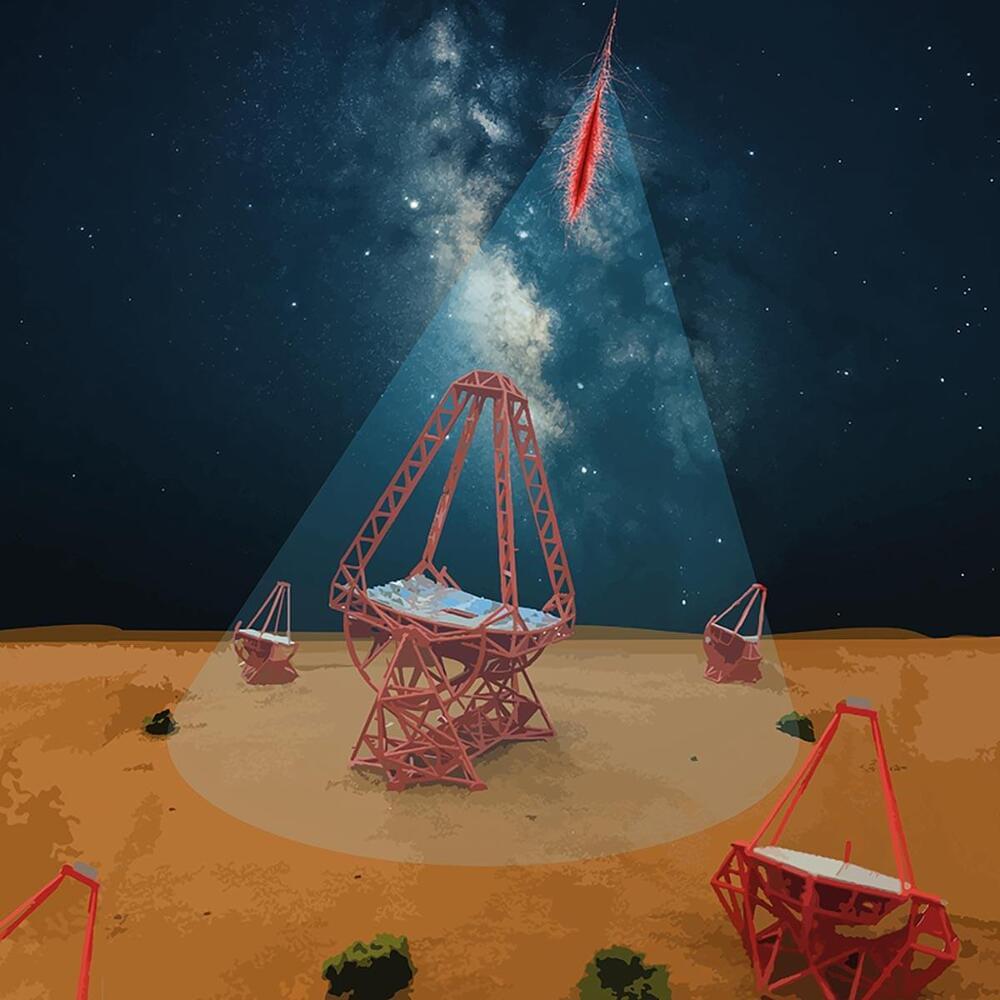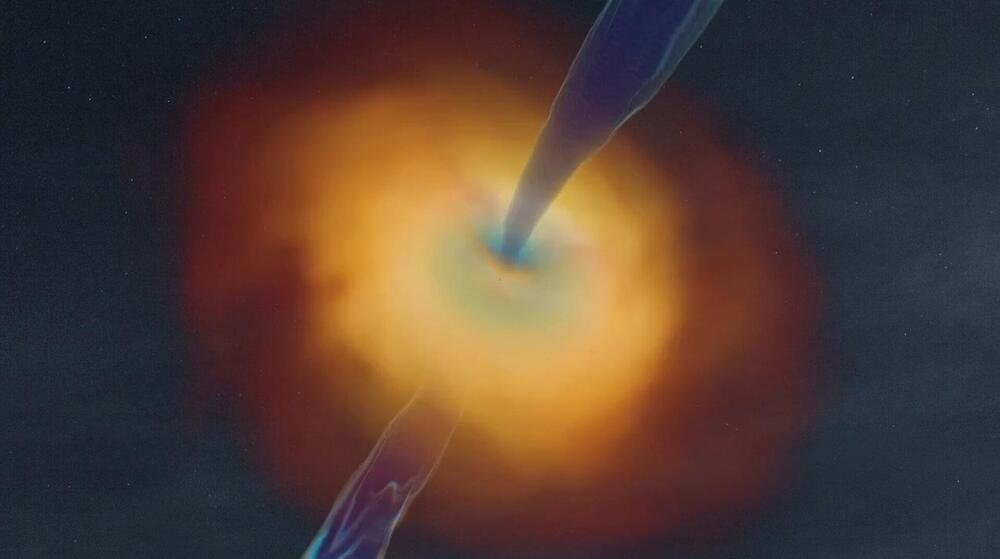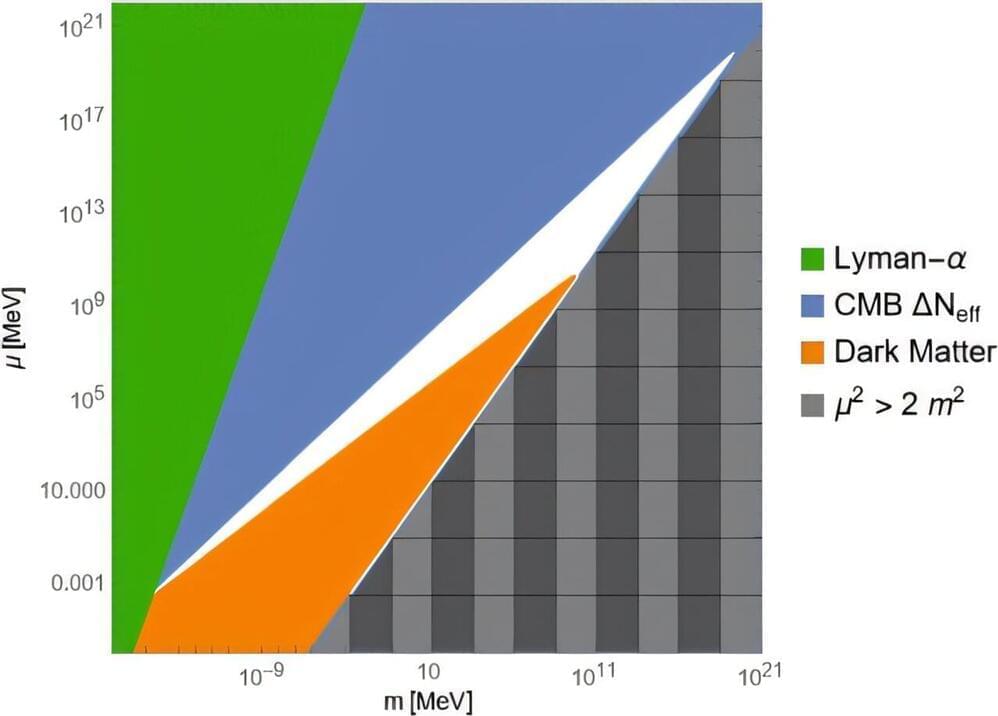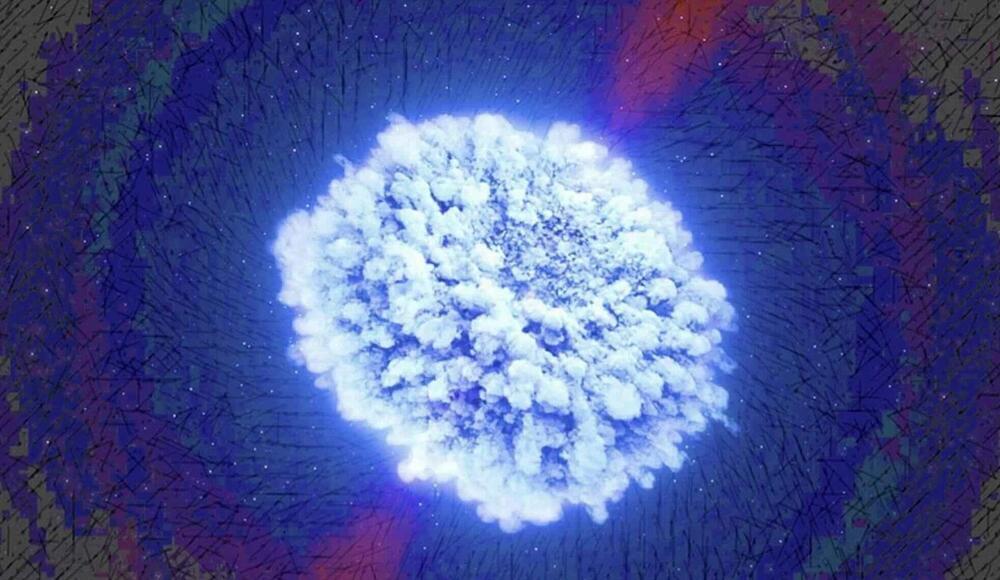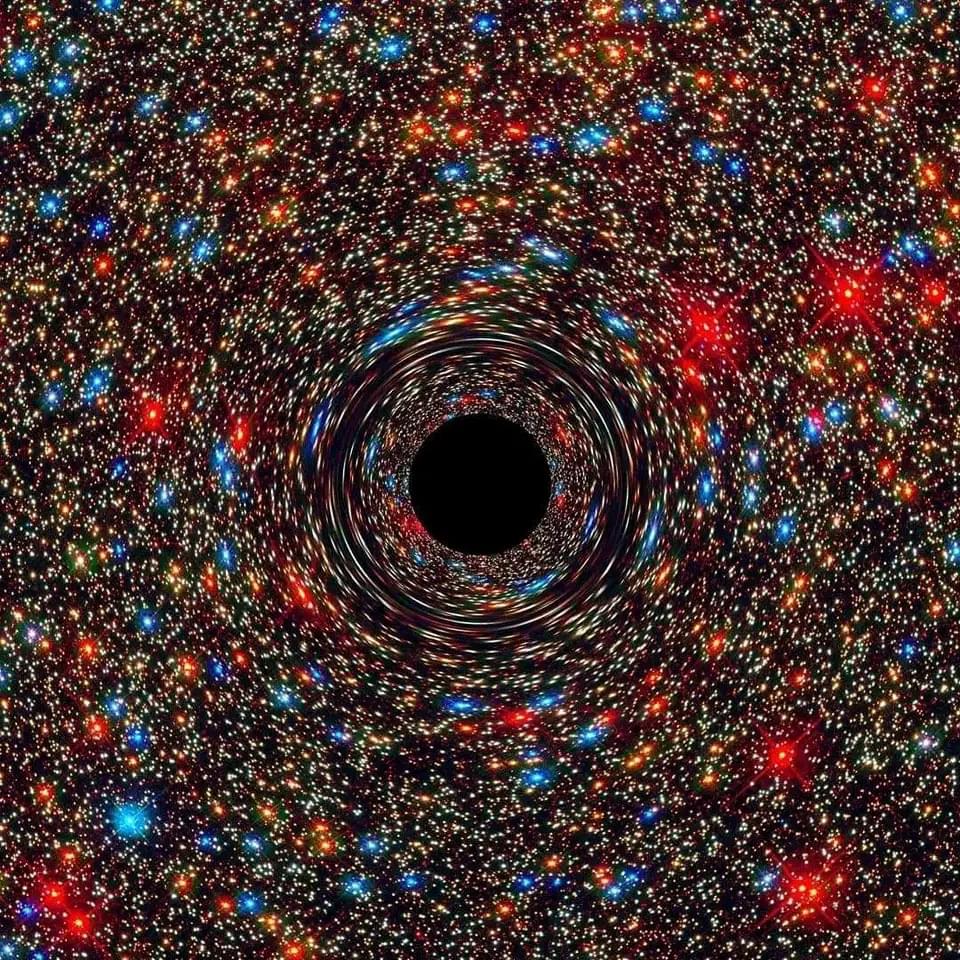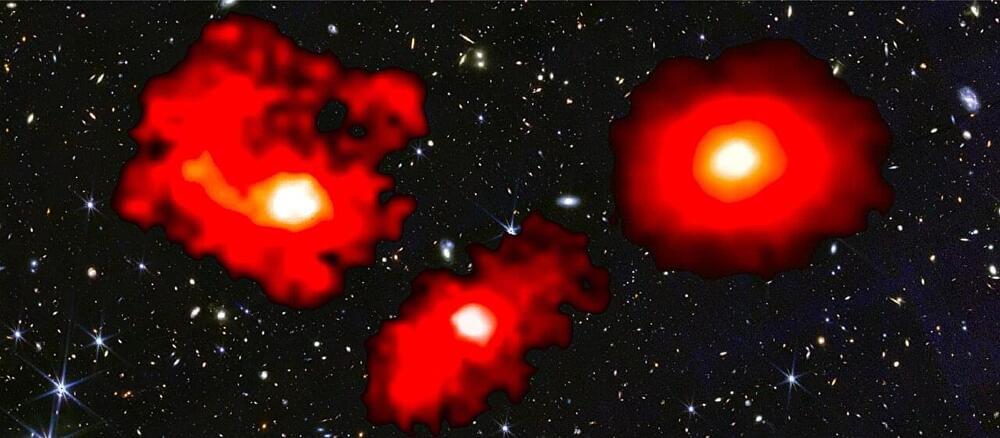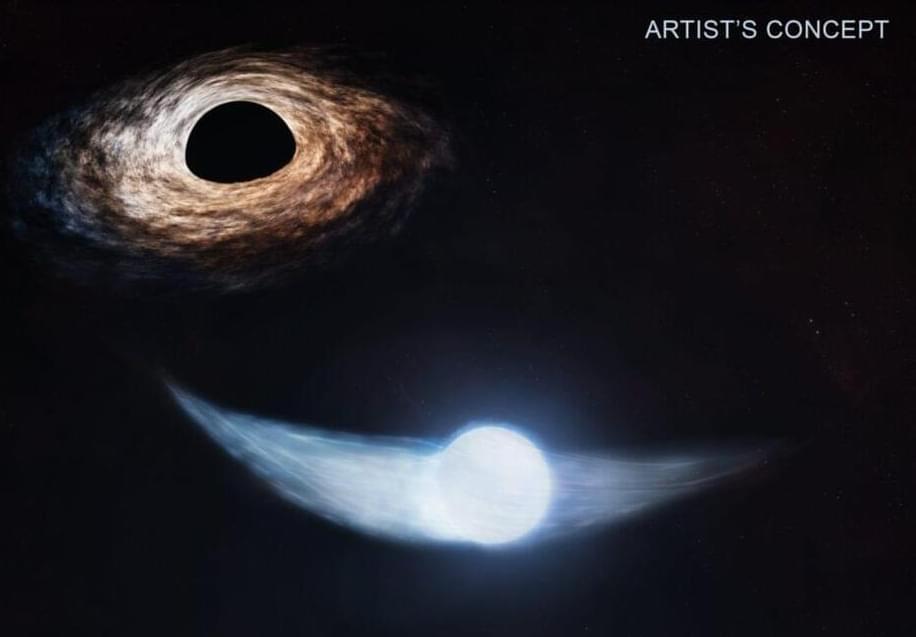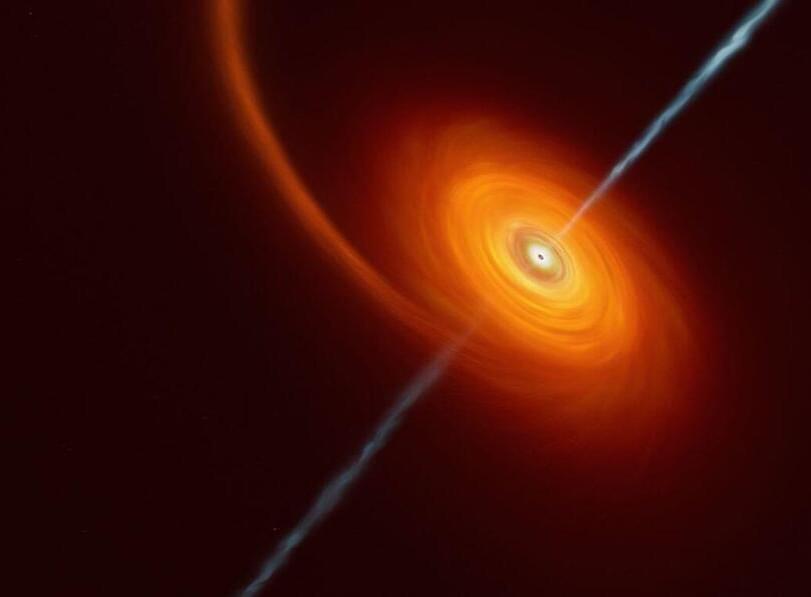Researchers use the H.E.S.S. Observatory to overcome the challenge of detecting high-energy cosmic-ray electrons and positrons, revealing their likely origins close to our solar system through advanced data analysis techniques.
The Universe is filled with extreme environments, from the coldest regions to the most energetic sources imaginable. These conditions give rise to extraordinary objects like supernova remnants, pulsars, and active galactic nuclei, which emit charged particles and gamma rays with energies far exceeding those produced by the nuclear fusion processes in stars—by several orders of magnitude.
Challenges in Cosmic Ray Detection.
